Qualification is undertaken at each stage through the gateway reviews however a formal qualification should also be made. The formal qualification stage ensures that your bid has the highest possibility of winning and decides if resources should be invested in the opportunity. The Bid Team has produced a guide to help companies qualify opportunities.
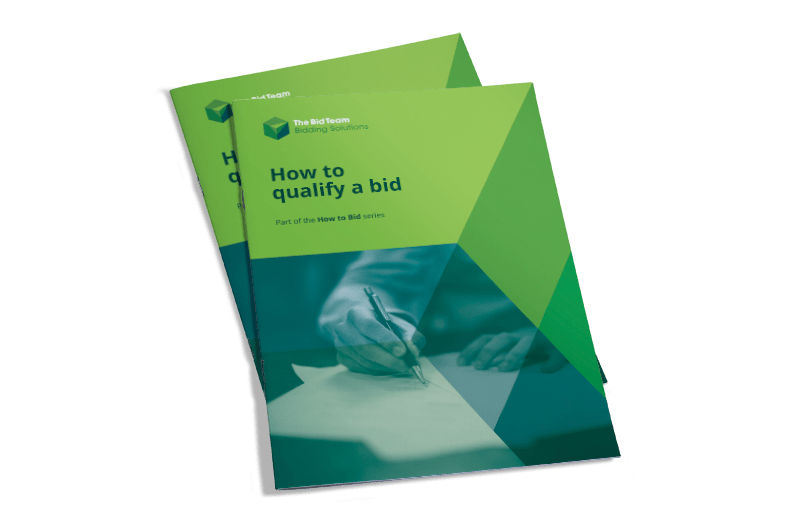
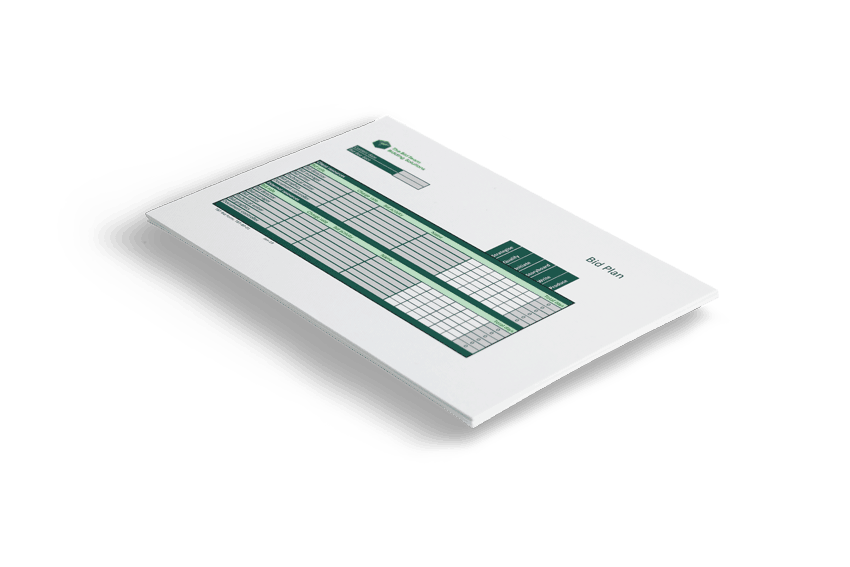
It is important to create a bid plan to help decide whether the bid is a worthwhile investment of resources. The Bid Team has a proforma bid plan that focuses on the availability of resources and whether they can be secured for the bid. The bid plan at this stage is an initial estimate of the resources necessary and when they are likely to be required on the bid.
It is important to create a bid plan to help decide whether the bid is a worthwhile investment of resources. The Bid Team has a proforma bid plan that focuses on the availability of resources and whether they can be secured for the bid. The bid plan at this stage is an initial estimate of the resources necessary and when they are likely to be required on the bid.

It is important to determine as early as possible if a company has the resources to deliver the project. The Bid Team has created a proforma high-level delivery plan for all elements of delivery. At this stage, we are making an assessment of the project costs, likely profit and staff availability to deliver.
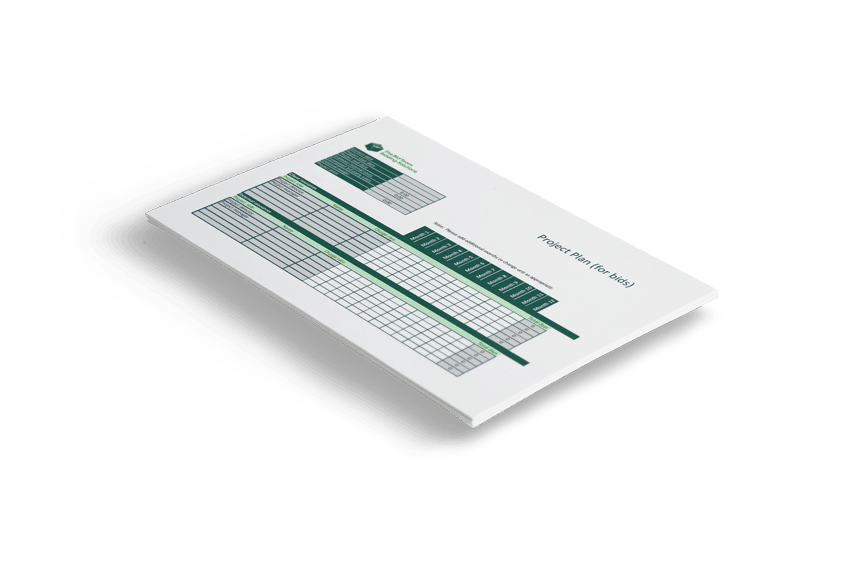
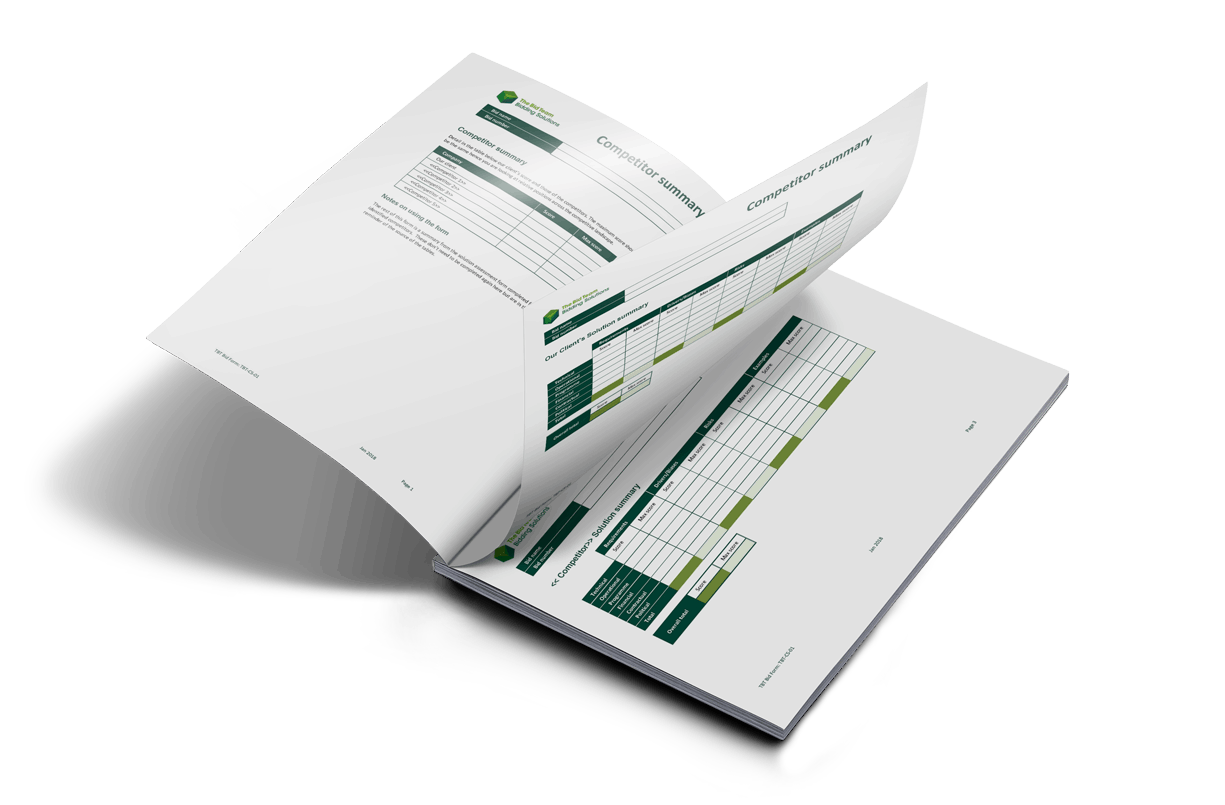
In the same way that an assessment of the company’s position regarding client requirements, a similar assessment must be made to the competition. The Bid Team has produced a proforma for undertaking such analysis and then comparing the competitors’ scores. The proforma also identifies and validates win themes and risks against the competition.
In the same way that an assessment of the company’s position regarding client requirements, a similar assessment must be made to the competition. The Bid Team has produced a proforma for undertaking such analysis and then comparing the competitors’ scores. The proforma also identifies and validates win themes and risks against the competition.

The black team review is to ensure qualification has been performed correctly and the efficacy of any associated competitor analysis. This review considers the strengths, weaknesses and probable win themes deployed by your competitors. The Bid Team has produced a proforma to facilitate this review. The black team review is one a series of reviews that need to be undertaken as the bid progresses.
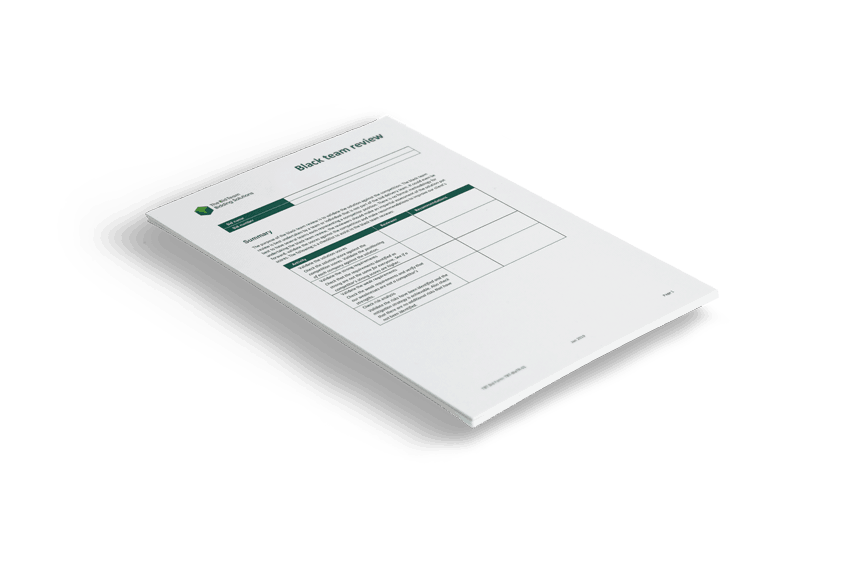
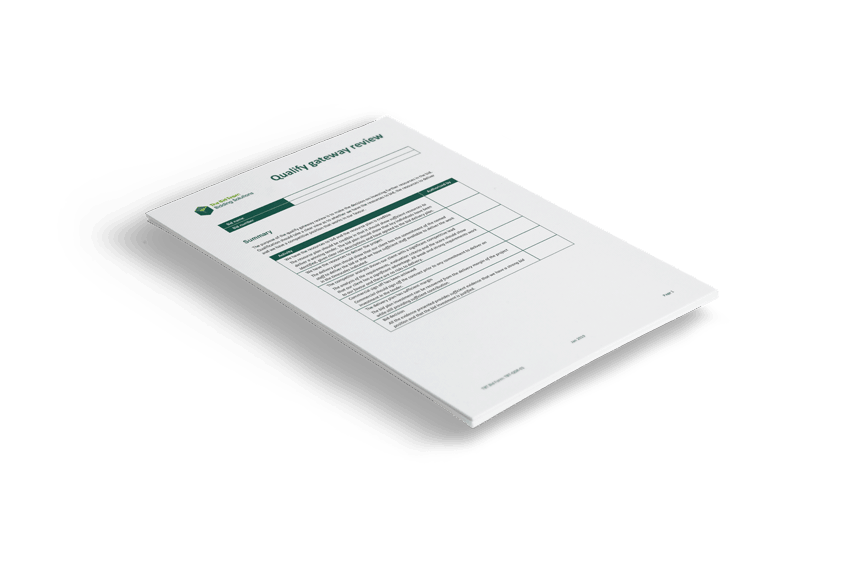
At each stage of the bid process there should be a reassessment of the likelihood of winning the bid. As the bid develops, more information becomes available and the likelihood of winning will change. The Bid Team has developed a series of gateway reviews that sign off the continued investment in the bid. After passing this gateway the process moves to the initiate stage of the bid.
At each stage of the bid process there should be a reassessment of the likelihood of winning the bid. As the bid develops, more information becomes available and the likelihood of winning will change. The Bid Team has developed a series of gateway reviews that sign off the continued investment in the bid. After passing this gateway the process moves to the initiate stage of the bid.

The Bid Team can help you qualify the bid at every stage of the process. Qualifying hard means that your bid investment will have the best return.
Here’s a bit more information on the bid qualification for your guidance:
Winning new work is an important part of any business growth plan. Being presented with an opportunity to win work through a competitive tender is a tempting solution to meet those growth targets. The fact is that not every opportunity is what is seems and it may actually harm the growth plans by taking valuable resources away from revenue generating work, however we all know that you need to speculate to accumulate and if you don’t bid you won’t win. These drivers usually lead company decision makers down a route of bidding everything or bidding inappropriately. If you accurately knew the probability of a win before you committed to a bid, then that would help set the level of investment you are willing to make. The qualify stage of a bid seeks to quantify the win probability and balance the competing pressures of delivering work and winning growth.
The first thing to qualify is if your company can deliver the resulting project. Overstretching resources is a problem for companies wanting to grow. You should look at your forward plan and decided if won can the project be delivered with the existing company resources, new resources or if sub-contractor resources will be required. These are obviously not mutually independent, and it could be a combination of them all. What does change is the resulting margin. Your own resources will be the most efficient and provide greater margin, new resources will have engagement costs and training costs and sub-contractors will add another layer of margin. Knowing the delivery model and more importantly the delivery margin means that you can take a clear view of how much the bid budget should be. For large value projects this may be a small percentage of the margin (10%) and for small value it may be much larger percentage (50%).
The second thing to qualify is do you have the resources to bid. The person responsible for the bid should plan the bid based on the submission requirements and evaluation criteria. The bid plan should allocate named resources and deliverables. The named resources should then commit to the bid delivery plan and indicate what revenue loose such a commitment would make. This bid planning produces two outputs the cost of bidding and the revenue loss from bidding. The qualification at this stage is three fold: Do you have the resources committed to the bid?; Is the cost of bidding within the bid budget? and Does revenue loss impact the company.
The first two stages of qualification have been about money and the affordability of the bid. Now we should try and quantify the probability of winning. This is based on the client requirements, evaluation criteria and client drivers. Each client requirement should be analysed, and a score based on the evaluation criteria applied, based on how close your solution is to the requirement. In many cases clients ask for evidence so an additional score can be applied to each requirement to take into consideration. The trick is to not over estimate your compliance. The resulting score can then be weighted, if the client is using a weighted score. This provides our own percentage of the possible score. The same process should be applied to our competitors and the same analysis based on what we know about their solutions. We should be as positive about our competitors as we are about our own solution. We can award additional marks for incumbency and likewise reduce scores for new suppliers. This provides and overall analysis of where we are against the competition and provides a league table of who is likely to win. It also identifies weak and strong requirements that can help us define our win strategy. If we are in the bottom of the league table then we should not bid, the middle is a punt and the top should be a bid.
The above is a very high-level description of quite a complex process, however what it does show is that companies should not rush to bid but put in place a quantifiable process that determines the win probability. If the process is less precise then you quickly end up bidding everything. When you start to determine the costs of bidding and the probability of a win, your bid decision process improves, you win rate increases and you hit those growth targets.
Contact Us Now
To enquire about any of our services please fill out the contact form below and we will be in touch.